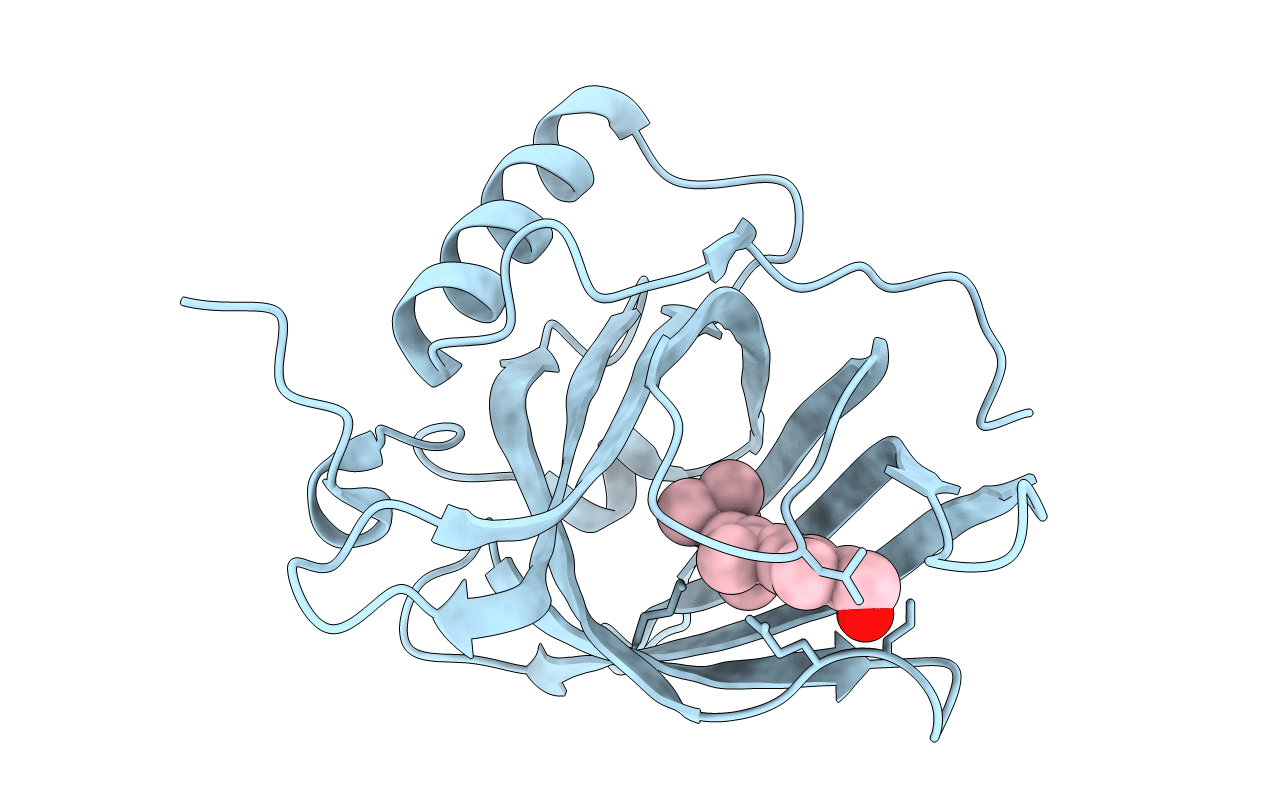
Deposition Date
2002-01-15
Release Date
2003-06-03
Last Version Date
2024-10-30
Method Details:
Experimental Method:
Resolution:
1.27 Å
R-Value Free:
0.19
R-Value Work:
0.13
R-Value Observed:
0.13
Space Group:
P 21 21 21


